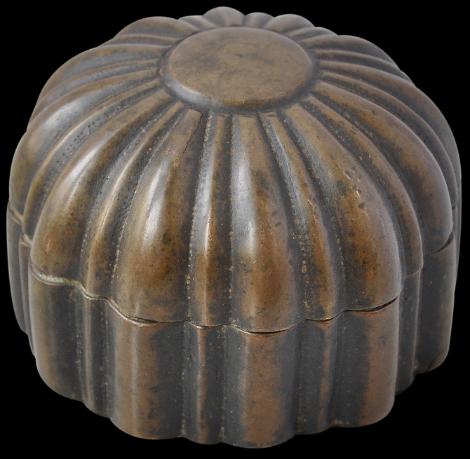
Indian Mughal Pandan
Fine Brass Mughal Pandan
Northern India17th century
height: 9cm, diameter: 12.5cm, weight: 126g
This betel or paan box or pandan is a superb example of its type. Of circular form with a convex lid and with deeply ribbed sides giving it a Mughal architectural quality, its great age is evident from the deep red-brown hue of the brass. Together with contours softened by time and use, the effect is that of a mound of sculptured chocolate.
The construction is solid and the lid fits well. The lid and sides comprise alternating prominent and less prominent ribs separated by double-beaded lines. The apex of the lid has a raised smooth roundel. The lid is closed by matching a small floral design etched into the base with that on the lid, so that the ribs align perfectly and the box can be closed.
Betel chewing is a habit that unites Southeast Asia with the Indian sub-continent, parts of southern China and the Western Pacific. Whereas alcohol was associated with feasting, betel was the everyday social lubricant: it was offered to visitors to one’s home. And just as the English developed elaborate tea sets, Indians and Southeast Asians developed elaborate betel nut sets.
The actual nut comes from the areca palm tree. Typically, it is sliced, mixed with lime (usually obtained from crushed seashells) and then wrapped up in a betel creeper leaf and chewed. The lime reacts with compounds in the nut to produce alkaloids which give a mild narcotic effect.
References
Zebrowski, M., Gold, Silver & Bronze from Mughal India, Alexandria Press, 1997.
Provenance
UK private collection
Inventory no.: 1690
SOLD

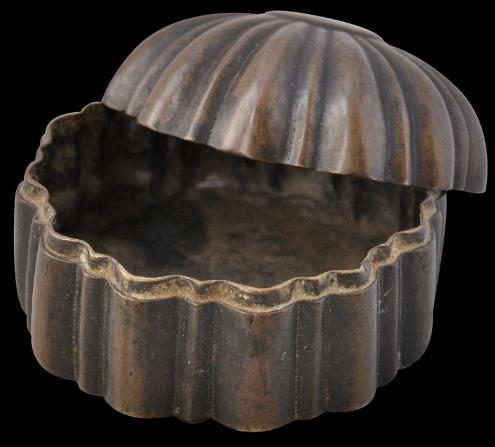
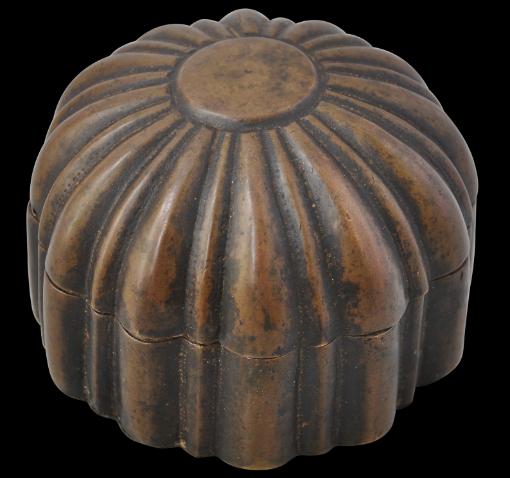
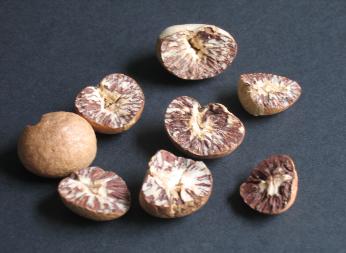
Dried betel kernels that have been cracked open. Each is about 1.5cm across
.
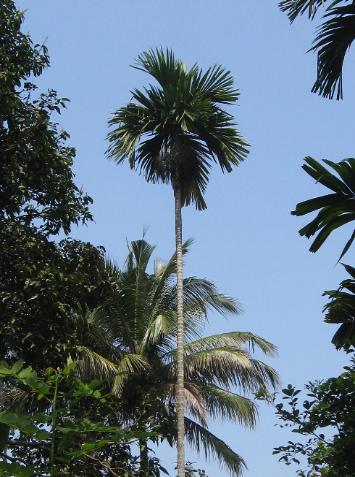
An areca palm from which betel nuts are sourced.
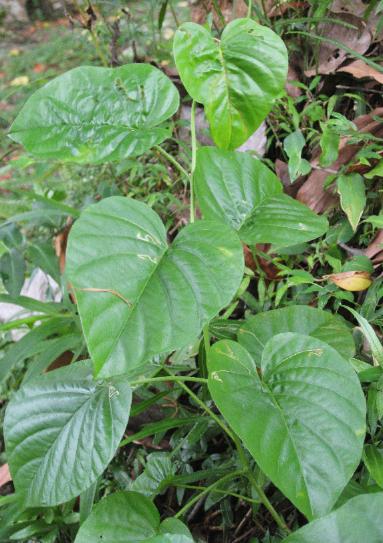
The betel vine used to wrap the betel quid for chewing.

